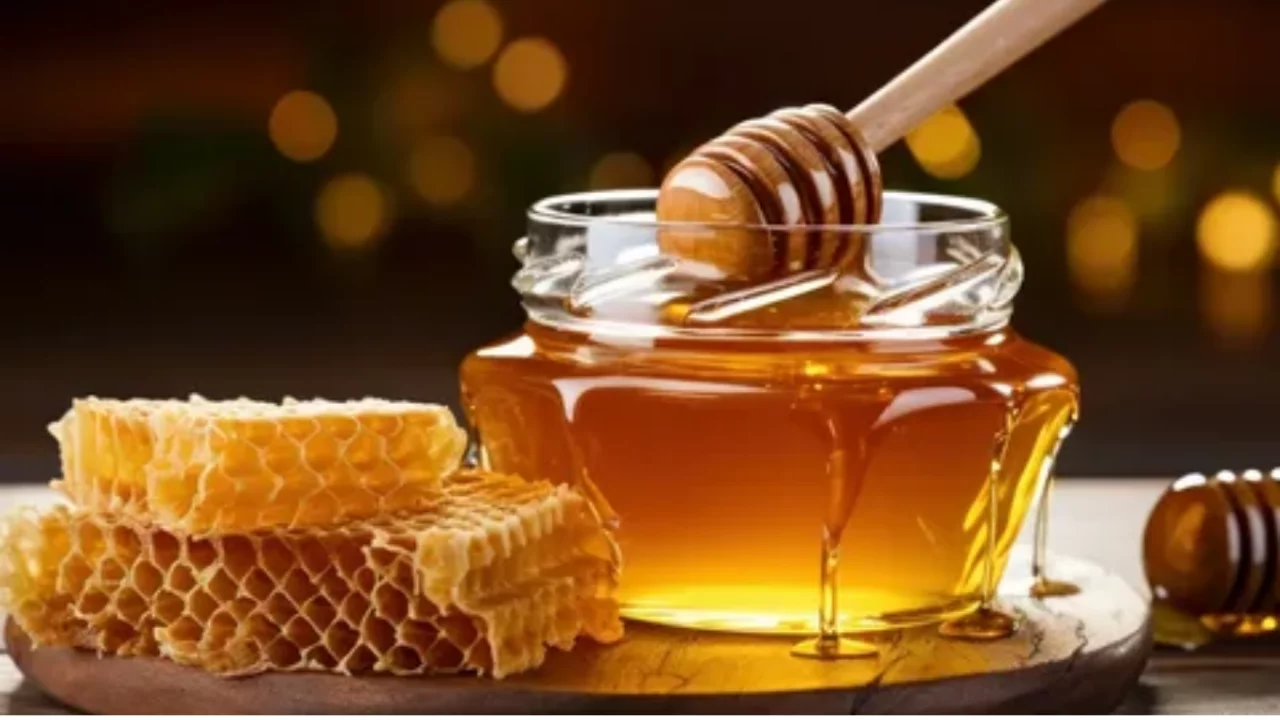
Honey is not just a sweet treat, but a miracle of nature. It doesn’t spoil for decades and retains its flavor, serving as an unmatched example in food preservation. But why is honey so resilient? Let’s explore its preservation secrets from a scientific perspective.
Microscopic Rivals: Why Does Food Spoil?
Food typically spoils due to microorganisms—bacteria, fungi, and molds. These microbes thrive in nutrient-rich, moist, mildly acidic environments with oxygen. That’s why we dry, boil, salt, or can food to extend shelf life. However, these methods can’t guarantee long-term protection.
Honey, however, is an exception. Though it may crystallize and change shape, it doesn’t rot or grow mold. This is mainly due to its unique chemical composition and the process of how it’s made.
Honey is produced from flower nectar. Initially, this nectar is relatively liquid and sweet, making it attractive to microbes. But bees transform it into a truly preservable product.
The Bees’ Chemical Miracle
When bees collect nectar, they use enzymes in their mouths to break down complex sugars into simple ones—mainly glucose and fructose. During this process, the acidity also increases, which inhibits microbial growth.
Next, bees store the nectar in hive cells and fan it with their wings to evaporate moisture. As a result, the water content drops from an initial 70–80% to just 15–18%.
“Low Water Activity” – Honey’s Invincible Shield
In food technology, “low water activity” refers to the condition where the water content is too low for microbial growth. Honey falls into this category. Additionally, its acidity (with a pH between 3.2 and 4.5) and high sugar concentration create an extreme environment for microbes.
That’s why bacteria and mold can barely survive in honey. Simply keeping it sealed—limiting oxygen exposure—can preserve it for years.
But Be Careful!
An opened jar of honey loses this protection. Air, moisture, and especially a contaminated spoon can introduce bacteria that start to act on the surface. That’s why it’s recommended to use a dry and clean spoon and store honey in a cool, dark place.
In conclusion, honey’s long shelf life comes from its low water activity, acidic environment, high sugar concentration, and the bees’ miraculous processing. This natural preservation mechanism offers us not only sweetness but also a product of historical and scientific fascination. Read “Zamin” on Telegram!
Ctrl
Enter
Found a mistake?
Select the phrase and press Ctrl+Enter Related news
Information
Users of Меҳмон are not allowed to comment this publication.
Users of Меҳмон are not allowed to comment this publication.













